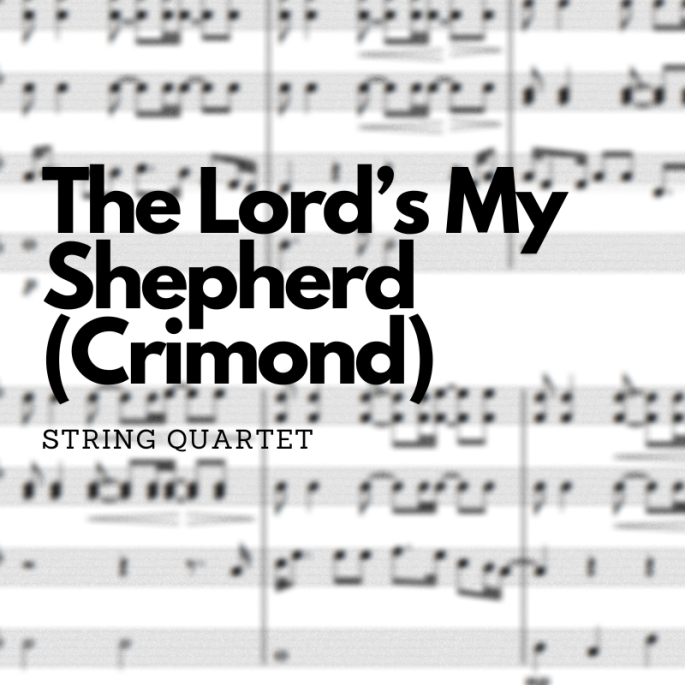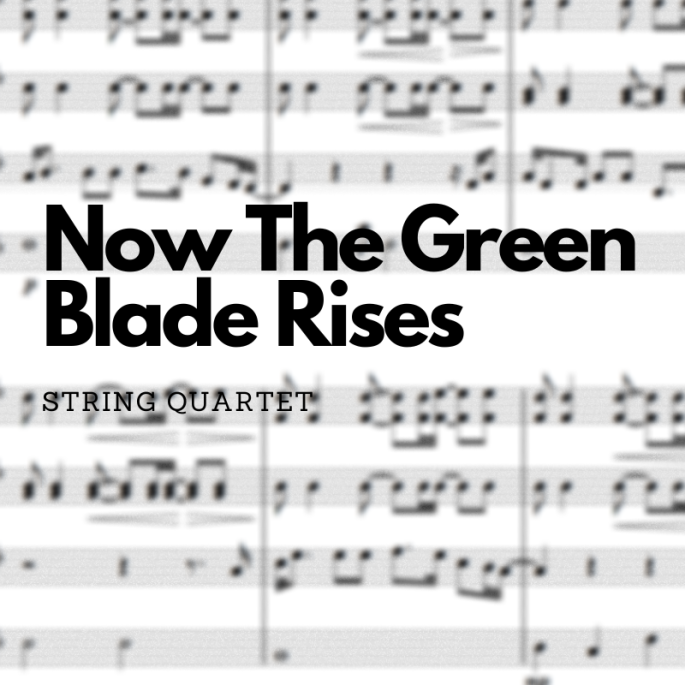As has been my tradition, every sermon that I preach will be posted here. This sermon, Jesus is alive!… so now what?, was given at The Salvation Army Devonport on Sunday 27 April, 2014. The Reading was John 21:1-25.
In the church, today is traditionally known as low Sunday. After the hype and busyness (for the ministers at least) of the Easter Weekend, we feel a bit low. My dad’s a minister, and is looking after an Anglican church at the moment in WA. He reckoned he did about 16 hours of service over the four days. Another one of my Anglican Priest friends did 13 services in 8 days, and that included getting arrested for praying in the offices of a member of federal parliament. For the church, Easter is a busy occasion, so when it’s all said and done, we feel a bit low following it, and the stats generally go the same way. I’ve been following the stats here quite rigorously, and I can tell you that last year, you actually increased your attendance on low Sunday as compared to Easter Sunday, but the year before you followed the pattern correctly, and dropped off quite significantly. And that’s ok. We are all feeling down, and low, and the energy is gone. Add ANZAC day in, and I am certainly empathetic with those of you who are feeling low in energy today.
Going backwards
I wonder if how we’re feeling is a bit how the disciples were feeling. They had certainly been on a rollercoaster ride of emotions over the weekend. They start with the great disappointment of Jesus dying, followed by the excitement of him rising. But then they don’t really know what to do. They’re trying to take it all in, and process it all. So Peter, being the man of action that he is, hops up and says “Well, we can’t just sit around here all day. I’m going fishing.” And those that were with him head out and do the same.
Now, Simon – as he was known then, remember that Jesus changed his name to Peter – was a fisherman before Jesus came along. So for him – and for those that were with him – they were returning back to what they knew. They were going backwards.
So they go out fishing, and they don’t catch anything all night. They’re thinking, maybe we’ve lost our touch – it had been three years after all. So they head back to shore, and someone yells out, “Haven’t you got any fish?” It’s almost like he’s mocking them from the shore – fisherman, going out and not bringing anything back. Then, he yells out, “Why don’t you try the other side!”
Peter’s probably thinking “Yea right, try the other side.” That would be like me going to Des over at the shop, asking “Haven’t you had any sales” and then telling him to put the open sign on the other door, or to turn his A-Frame sign around. But they decide to do it anyway, and low and behold, they catch a large haul of fish – 153! Now, some people try to look for significance in the number, but there isn’t really any significance, apart from to signify that it was a true account, and that it really happened.
Then someone clicks – it’s the Lord. It’s Jesus! Simon Peter swims to the shore and greets him, and they share a meal together.
Reinstating
Now Peter must have been feeling a bit sheepish. But not as much as he would be with what happens next. Remember, when Jesus had been taken by the chief priests, Peter says three times that he did not know Jesus. Now, after breakfast, Jesus tackles Peter on this.
He says, “Simon, son of John, do you love me more than these?” Now there’s a few things to point out just in that question alone. First, note that Jesus has returned to Peter’s original name – Simon. That must have hurt, but that’s what Peter did. He returned to his old self by going back fishing. Second, there’s no indication as to what Jesus is indicating by “these” – he could be pointing to the fish, he could be pointing to the other disciples, we don’t actually know. But either way, Peter responds and says “Yes, Lord, You know that I love you.”
Now, we actually lose something here in the translation – and I try to avoid heading into the Greek because it can get boring and stuffy, but we need to understand that there are a few different words for love in the Greek language. There’s eros (ερος), which is the erotic love, and we don’t get a lot of that word in the gospels. Then there’s phileos (φιλεος), which is the love of a friend, and then there’s agapao (αγαπαο), which is brotherly or sacrificial love. So when Jesus poses the question, he uses the word agapao. But Peter responds with phileos.
Jesus asks again, using agapao, and again Peter responds with phileos. Finally, Jesus asks a third time, this time using the word phileos. At that point, Peter realises what he was missing.
So often through the Gospels, Jesus spoke to his disciples on a heavenly plane, that they just didn’t get, and would eventually break it down for them in terms they would understand. Here we get the same thing – Jesus is aiming for Peter to think higher, to think heavenly, but when it’s apparent that he can’t – not at that moment, Jesus comes to him, and meets Peter where he’s at.
Jesus still does that today. We’re tired. We’re exhausted. But Jesus gets that. We’re hurt. We’re sore. But Jesus gets that. We’re unsure about our faith. We’re not sure what to do with what we’ve heard over the weekend. But Jesus gets that. Jesus comes, and meets us, where we are, and says “Follow me.”
Going forwards
So Peter follows Jesus, and sees “the disciple whom Jesus loves” – thought to be John – following, and asks “what about him?” And Jesus turns to him and says “what is it to you what I do with him. You, follow me.” Jesus says, quite clearly, that we are not to concern ourselves with what Jesus is calling others to do, or to concern ourselves with how others are living. Instead, we are to focus in on what we need to do in order to follow Jesus.
Don’t concern yourselves with what others are doing, because their path is different to your own. You’re all individuals! Everyone comes from a different place, with different experiences, but Jesus’ call to everyone is the same – Follow me! From wherever you are, I will meet you there, and follow me! Don’t get distracted by what other people may or may not have to deal with, but instead, focus on what you have to deal with. The path may not always be easy – indeed, Jesus highlighted how Peter was to die because of following Jesus – but still we are called to follow him.
So today, are you going to allow Jesus to meet you where you are, and follow him? As we sing, you’re invited to come and to spend time in prayer, to meet Jesus where you are, and to seek out where he is leading you. Perhaps you’ve never met Jesus, but today you want him to come and to meet you where you are, and to invite him into your life and to say that you want to follow him. Someone will come and pray with you, and will support you through that. Or if there’s someone that you want to bring forward to pray with you feel free to do that as well, or even just to pray in your seats, but let’s sing, and meet Jesus where we are, and say “Yes, Lord, you know that I love you, and that I will follow you”






